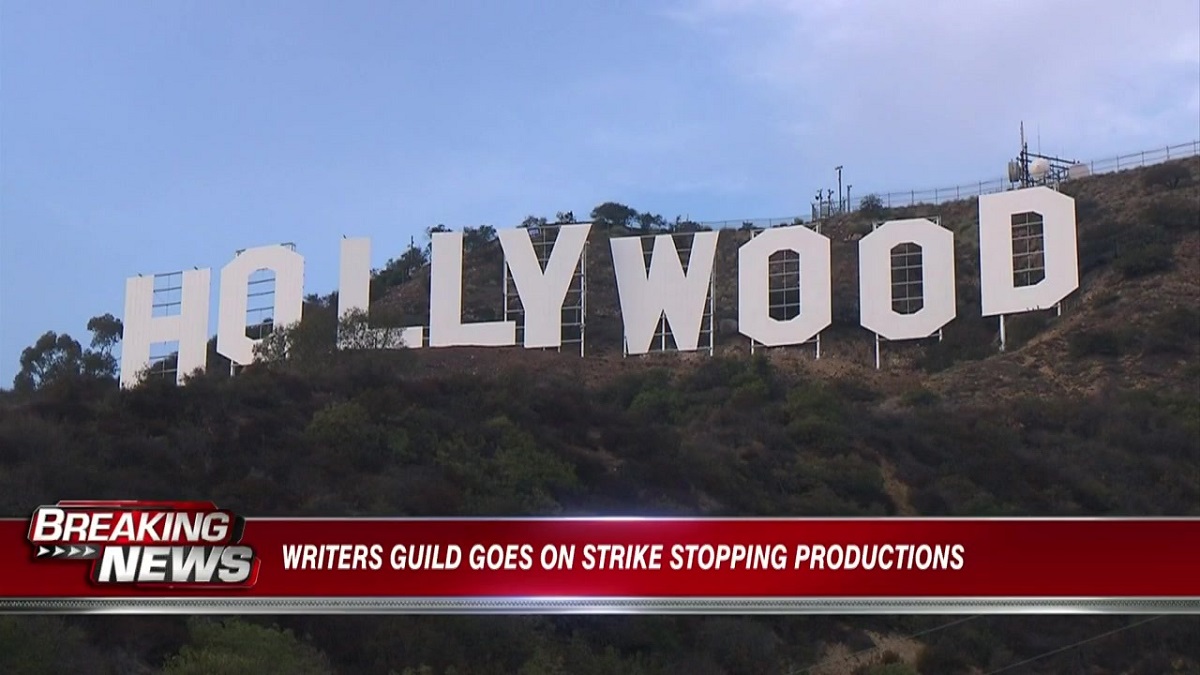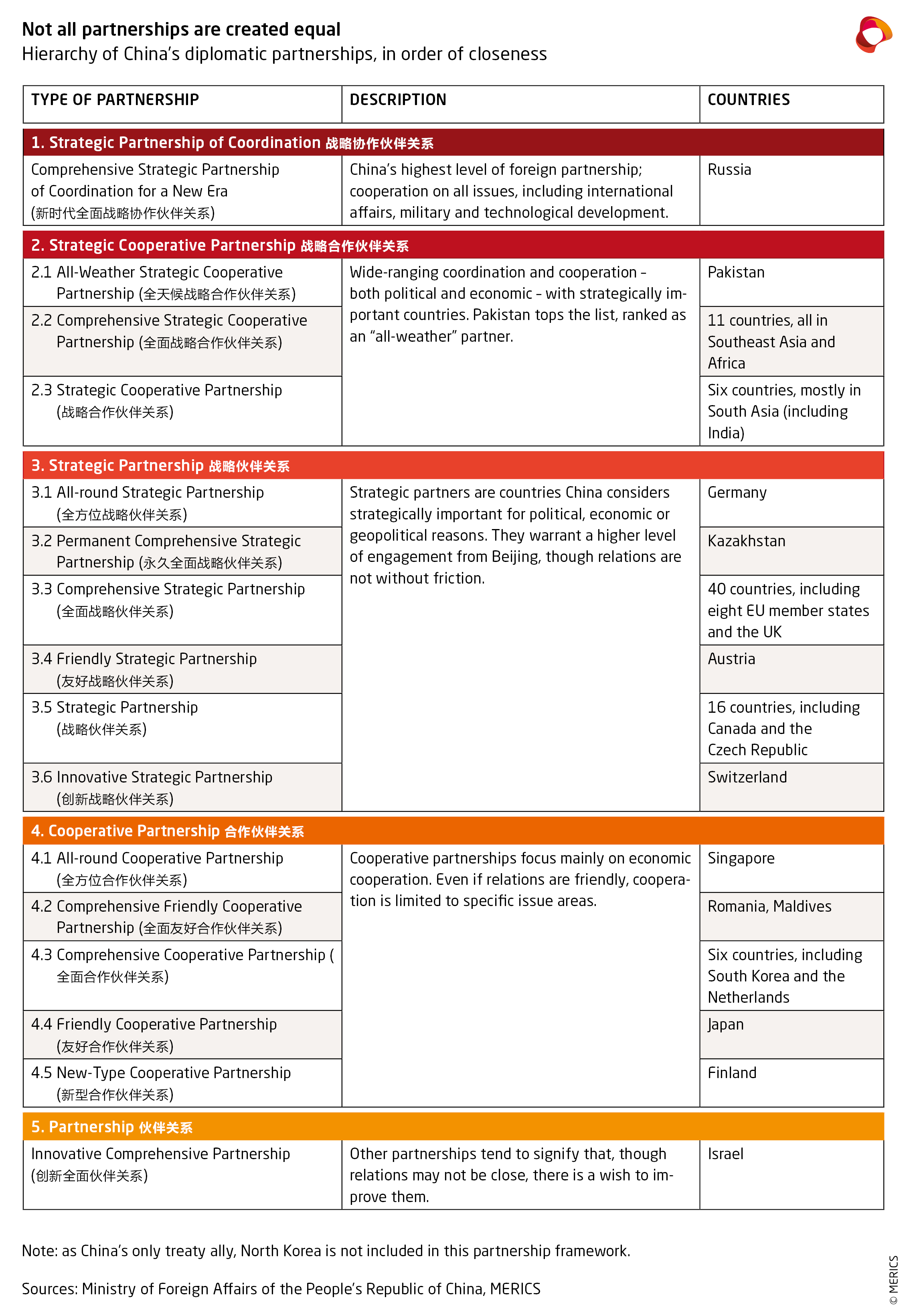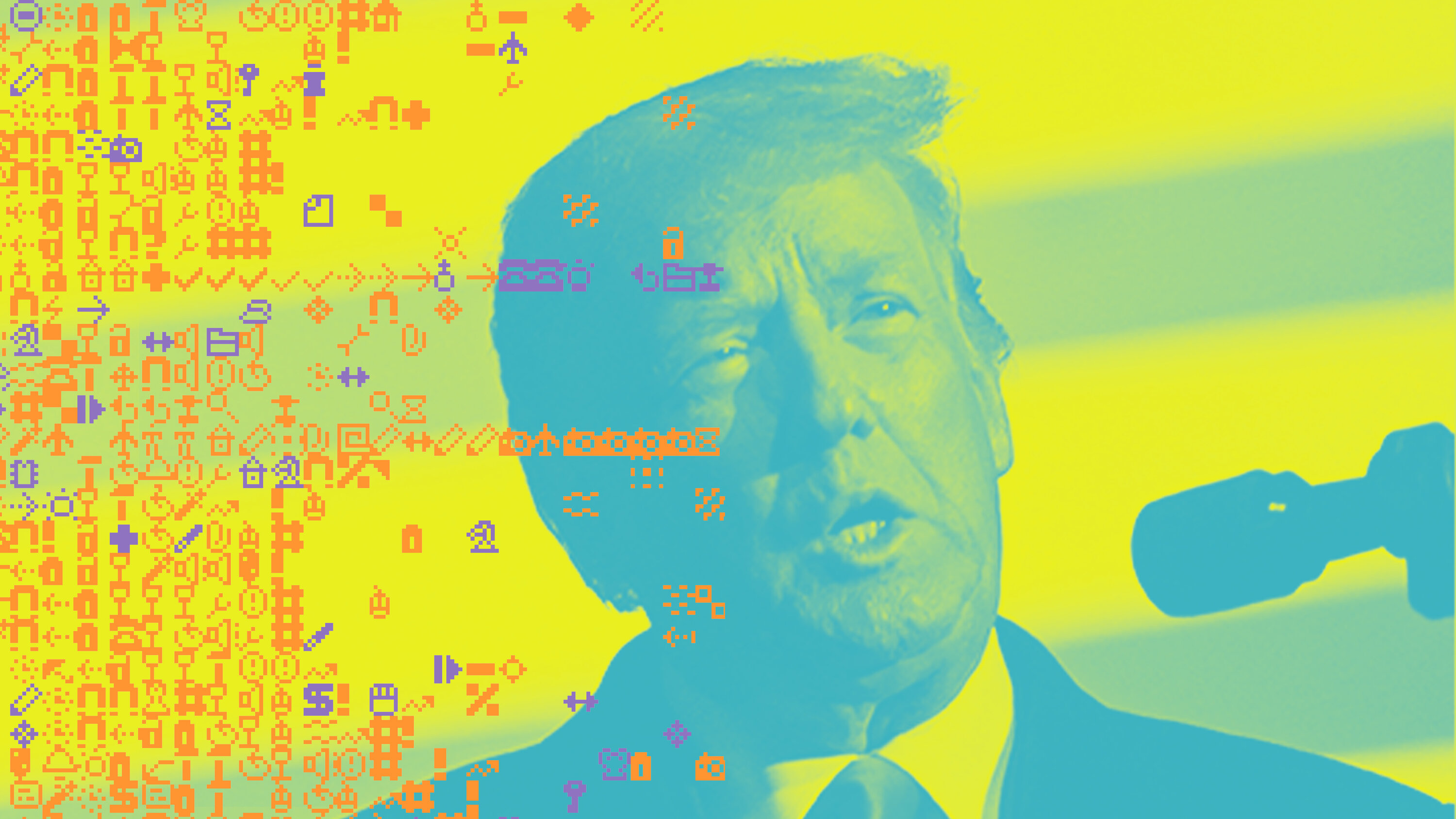Actors Join Writers' Strike: Complete Hollywood Production Shutdown

Table of Contents
Reasons Behind the Actors' Strike
The actors' strike, a powerful demonstration of solidarity within the entertainment industry, stems from a multitude of critical concerns. These concerns are not isolated incidents but rather represent systemic issues that have been building for years.
Fair Compensation and Residuals
One of the primary drivers of the SAG-AFTRA strike is the fight for fair compensation, particularly concerning residuals. Actors, especially those working on streaming platforms, often receive significantly reduced residuals compared to traditional television and film deals. This disparity is a major point of contention. The strike aims to address this imbalance and ensure actors are fairly compensated for their work. Key demands include:
- Increased minimum pay rates for background actors: Often overlooked, background actors play a crucial role in productions but frequently earn inadequate wages.
- A fairer share of streaming profits: Streaming services generate substantial revenue, yet actors often see a disproportionately small share of these profits. The strike seeks greater transparency and a more equitable distribution of revenue.
- Transparency in streaming viewership data: Accurate data on streaming viewership is crucial for calculating fair residuals. The lack of transparency currently prevents actors from receiving the compensation they deserve.
- Addressing the impact of AI on actors' work and potential job displacement: The increasing use of AI in film and television raises concerns about job security and the potential displacement of actors. The strike seeks to protect actors from this emerging threat.
Working Conditions and Exploitation
Beyond compensation, the strike addresses the pervasive issue of poor working conditions and exploitation within the industry. Long working hours, inadequate rest periods, and unsafe working conditions are commonplace. SAG-AFTRA seeks to improve these conditions and prevent exploitation. Their demands include:
- Stricter regulations on working hours: Excessive working hours lead to burnout and compromise the quality of work. The strike seeks to implement stricter regulations to ensure reasonable working hours.
- Better health and safety measures on set: Ensuring a safe working environment is paramount. The strike demands improved health and safety protocols to protect actors from injury and illness.
- Protection against self-tape exploitation: Requiring actors to film auditions for free (“self-tapes”) is a common practice that exploits their time and talent. The strike seeks to end this exploitative practice.
- Improved provisions for stunt performers: Stunt performers face significant risks, and the strike advocates for better safety protocols and compensation for these high-risk roles.
Impact of the Double Strike on Hollywood
The simultaneous WGA and SAG-AFTRA strikes have brought the Hollywood entertainment machine to a complete standstill. The impact is far-reaching and affects numerous aspects of the industry.
Production Halts and Delays
With both writers and actors on strike, almost all major film and television productions have been indefinitely suspended. This will lead to significant delays in release dates for countless projects, creating a ripple effect across the industry. The consequences include:
- Major studio films pushed back indefinitely: Blockbuster releases face considerable delays, impacting studio revenue and audience anticipation.
- Television series production grinding to a halt: Television productions, both network and streaming, are severely affected, resulting in gaps in programming schedules.
- Late-night talk shows cancelled: Daily late-night television shows, highly reliant on writers and actors, have been forced off the air.
- Impact on marketing and advertising campaigns for upcoming releases: The delay in productions affects the timing of marketing campaigns, causing further disruptions.
Economic Consequences
The economic impact of the double strike is substantial, affecting numerous businesses and individuals reliant on film and television production. The effects extend beyond Hollywood itself, impacting related industries and the wider economy. This includes:
- Job losses for crew members, support staff, and related industries: Thousands of individuals working behind the scenes, from camera operators to caterers, are experiencing job losses or reduced income.
- Reduced revenue for studios and streaming services: The lack of new content directly impacts the revenue of studios and streaming platforms.
- Potential ripple effect on the wider economy: The economic impact extends beyond the entertainment industry, affecting related businesses and potentially impacting local economies.
- Loss of tourism revenue in filming locations: Many locations rely on film production for tourism revenue, and the strike will significantly impact this income stream.
Potential Outcomes and Future Negotiations
The resolution of this historic strike hinges on successful negotiations between SAG-AFTRA and the Alliance of Motion Picture and Television Producers (AMPTP). Reaching a compromise will require addressing numerous complex issues.
Negotiation Challenges and Potential Resolutions
The challenges in these negotiations are substantial. Key questions to be addressed include:
- The possibility of binding arbitration: Could a neutral third party help resolve the impasse?
- Potential government intervention to mediate the dispute: Government intervention is a possibility, though not a guaranteed solution.
- The long-term impact on the industry's labor practices: This strike could fundamentally reshape the industry's labor relations for years to come.
- The role of AI in future contracts: The use of AI in entertainment requires careful consideration and regulation to protect actors’ livelihoods.
Conclusion
The combined actors' and writers' strike is a watershed moment in Hollywood history. The complete production shutdown underscores the serious concerns actors and writers have regarding fair compensation, working conditions, and the evolving landscape of the entertainment industry. The outcome of these negotiations will profoundly shape the future of film and television production. Staying informed about the progress of the actors' strike and the writers' strike is crucial. Follow reputable news sources for updates on this dynamic situation. Understanding the issues at stake in this Hollywood strike is paramount to understanding the future of film and television. The impact of this double strike on the entertainment industry and the economy will be felt for years to come.

Featured Posts
-
 Hollywood Strike Actors Join Writers Bringing Production To A Halt
Apr 22, 2025
Hollywood Strike Actors Join Writers Bringing Production To A Halt
Apr 22, 2025 -
 From Scatological Documents To Engaging Podcast The Power Of Ai
Apr 22, 2025
From Scatological Documents To Engaging Podcast The Power Of Ai
Apr 22, 2025 -
 Ftc Probe Into Open Ai A Deep Dive Into Chat Gpts Regulatory Future
Apr 22, 2025
Ftc Probe Into Open Ai A Deep Dive Into Chat Gpts Regulatory Future
Apr 22, 2025 -
 Enhanced Security Partnership China And Indonesia
Apr 22, 2025
Enhanced Security Partnership China And Indonesia
Apr 22, 2025 -
 Metas Future Under The Shadow Of The Trump Administration
Apr 22, 2025
Metas Future Under The Shadow Of The Trump Administration
Apr 22, 2025
